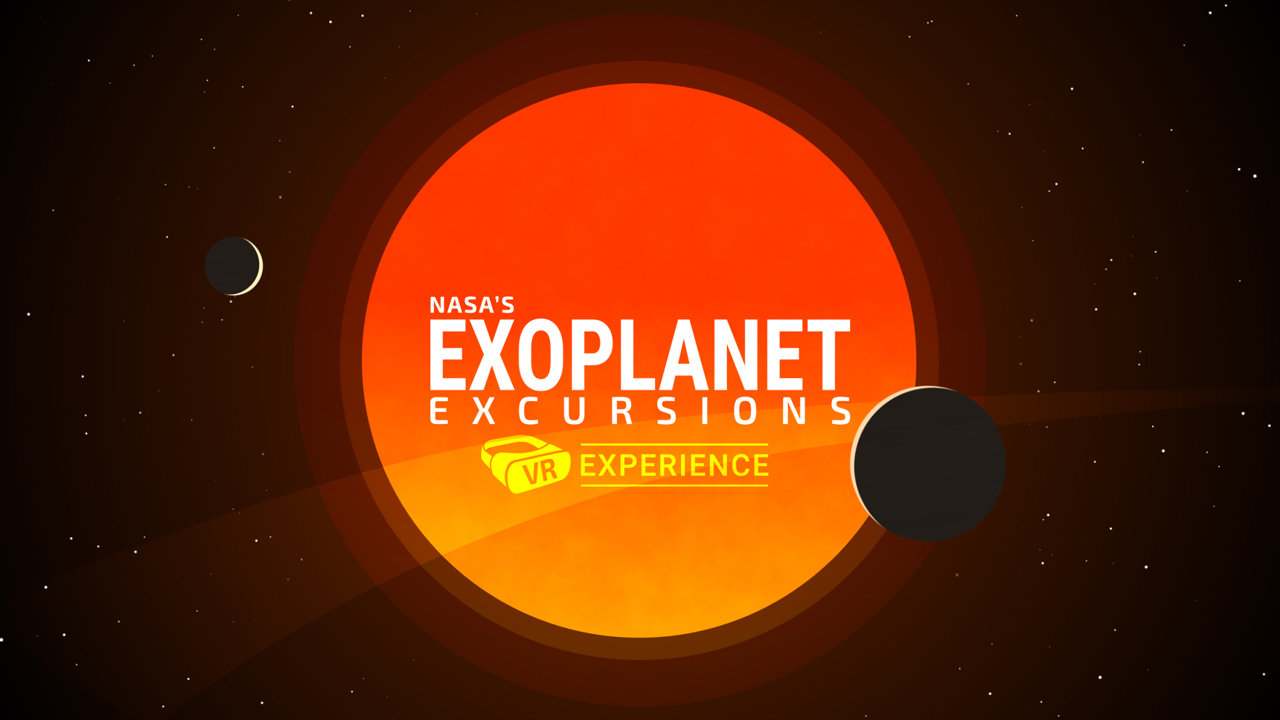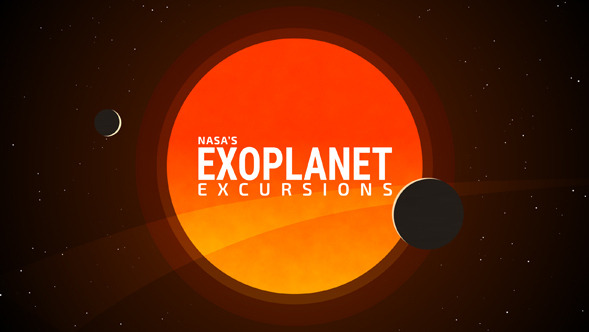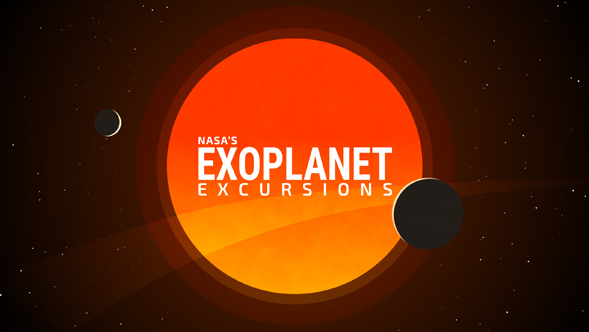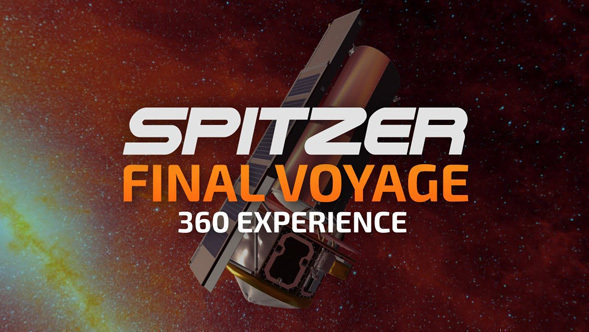NASA’s Spitzer Space Telescope concluded its 16+ year mission on January 30th, 2020. In recognition of its incredible scientific achievements the “Exoplanet Excursions” VR experience has been updated to include new modules describing the telescope that has enabled so much exoplanet research and discovery.

NASA's Exoplanets Excursions
NASA’s Spitzer Space Telescope concluded its 16+ year mission on January 30th, 2020. In recognition of its incredible scientific achievements the “Exoplanet Excursions” VR experience has been updated to include new modules describing the telescope that has enabled so much exoplanet research and discovery.
The new Spitzer VR modules include a narrated tour of the telescope and an all-new interactive experience where you learn to control the telescope, see how it observes the sky from its unique vantage point in space, and collect data on a selection of objects that Spitzer has observed over the years.
The 2.2 release features an expanded Spitzer Space Telescope narrative, looking back on its entire 16+ year mission. YouTube 360 versions of both narrated tours are available.
These modules have been added to the existing guided journey through the amazing TRAPPIST-1 star system, known to be the home of 7 Earth-size exoplanets orbiting a star that is only a little larger than Jupiter. This experience is based on the best current understanding of what these worlds could be like given their sizes, densities, and proximity to their star. While the planetary images are artistic extrapolations, the relative sizes and positions are all portrayed accurately. Spitzer, along with a number of other observatories on Earth and in Space, played a key role in discovering and characterizing the exoplanets of the TRAPPIST-1 system.
This experience was developed by the IPAC Communications & Education group and was initially released in conjunction with the 15th anniversary of NASA’s Spitzer Space Telescope mission. The new modules have been developed as part of the Spitzer Final Voyage celebration. NASA's Jet Propulsion Laboratory manages the Spitzer Space Telescope mission for NASA's Science Mission Directorate. Science operations are conducted at the Spitzer Science Center at Caltech.
Spitzer VR Blog
Release Notes
Version 2.2
- Updated Spitzer Narrative to include end of mission details.
- Redesigned main menu.
- Added GUI reset function in Spitzer Interactive.
- Added Valve Index support.
- Upgraded SteamVR SDK to 2.6.
Version 2.1
- Addition of haptic feedback
- Addition of sound fx
- Addition of music accompaniment in Spitzer interactive module
Software Releases
Videos
VR 360° Video
The 360° videos can be downloaded for local viewing and even use in planetarium systems; the videos can also be accessed by Digistar Cloud searches.






